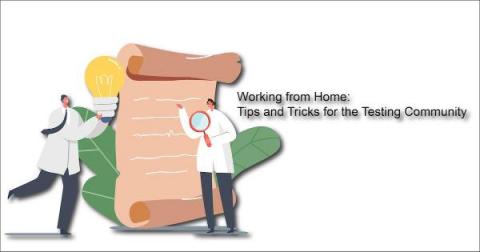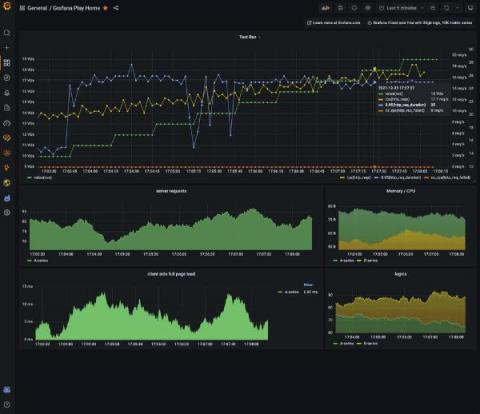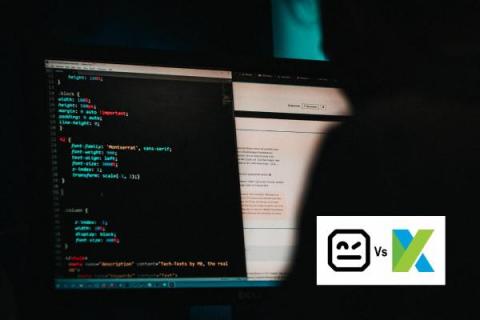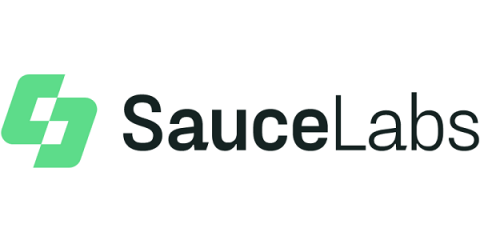Systems | Development | Analytics | API | Testing
Testing
Kong Builders - Testing Kong Services with testcontainers.org | Part2
Working from home - tips and tricks for the testing community
COVID-19 has changed our lives in so many ways. There is not a single aspect of our life that is untouched by it. The way organizations operate their work has also changed drastically. Before 2020 no one would have guessed that work from home will become such an internationally accepted phenomenon. However, working from home has been a new experience for most of us, and there are times that we find ourselves struggling too.
How the new k6 Cloud app plugin makes it easy to correlate QA data and system metrics in Grafana
One of the common challenges when doing performance testing is the difficulty of correlating the metrics of your application with your testing results. Having available QA, infrastructure, and application metrics together allows engineering teams to better understand the behavior of their systems during the testing, helping to detect and prevent potential issues in their applications.
10 Things Testers Wish CIOs and CTOs Knew About Testing: Episode 9
How to create a structured exploratory testing strategy
Best Selenium Automation Testing Tools Review: Robot Framework Vs Katalon Studio
Recently we had a chance to work with several software testing teams to help them get started with their test automation endeavors. The teams consist of mostly manual testers, and some who had experience with test automation before, but none of them were familiar with programming like developers. The applications are mostly web based, with companion mobile apps.
Testing Does not Stop After Code is Pushed into Production
Your mileage may vary on Ryan Gosling films. I happen to be a fan, and I always chuckle during the climactic scene in The Notebook. Drenched in rain, Gosling says to Rachel McAdams’ character, “It wasn’t over. It still isn’t over.” He of course is talking about their relationship, but I could easily draw a parallel here with testing. While in the past it may have seemed that a tester’s job was done once code was pushed into production, that is no longer the case.











